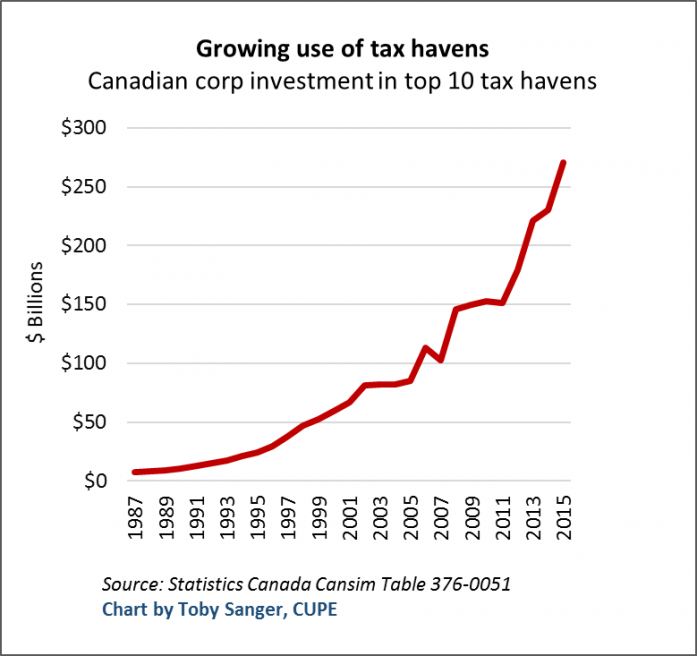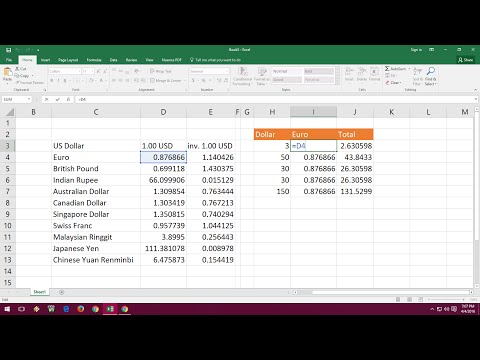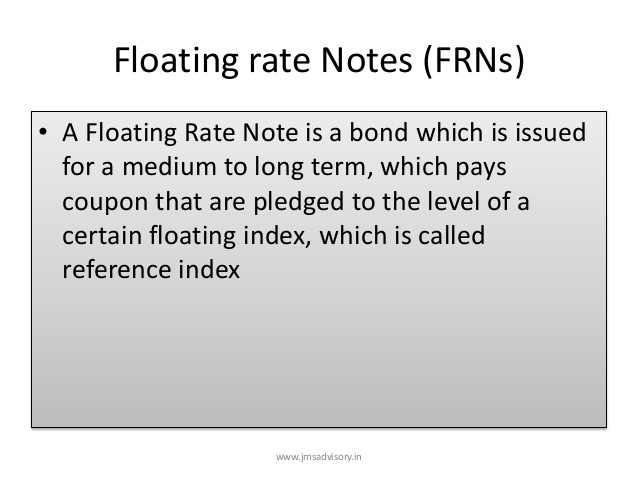Contents:


But as your business grows or circumstances change, you may want to revisit the way you record and report small transactions. This sounds straightforward, but accounting can impact both internal and external opinions. Because of this, many publicly-traded companies report both GAAP and non-GAAP income. Sometimes this extra data can help the public image of a company or clarify the value of a company’s investments.
Survey: CFOs Remain Optimistic – For Now INSIDEPublicAccounting — INSIDE Public Accounting
Survey: CFOs Remain Optimistic – For Now INSIDEPublicAccounting.
Posted: Fri, 14 Apr 2023 15:39:04 GMT [source]
Companies can fully automate their accounting or they can leave some aspects to be manually handled. The course begins by teaching you how to create a profit and loss statement and a balance sheet. It then introduces you to important accounting terminology and accounting principles such as matching, disclosure, consistency, diversity, dependability, verifiability, and conservatism. Next, the course teaches you about important accounting topics such as prepaid and accrued expenses, recording, capital account, closing and posting entries. Finally, you will learn how to create a general journal and ledger. The most notable principles include the revenue recognition principle, matching principle, materiality principle, and consistency principle.
Principle of Utmost Good Faith
It aids investors in analyzing the company’s performance. BookkeepingBookkeeping is the day-to-day documentation of a company’s financial transactions. These transactions include purchases, sales, receipts, and payments. From practicing calculations to understanding your company’s tax obligations, learning the discipline of accounting can only help your business grow better. As important as it is to understand how business accounting works, you don’t have to do it alone. That’s where professional accounting services and CPAs come in.
(including non-cash ones) and do a “revenue – expense” analysis to determine the year’s profit. This information serves as the basis for many critical decisions. The data is used accordingly by managers, shareholders, creditors, lenders, and investors. Whomever you choose, be sure to read plenty of reviews and testimonials about your potential accountant.
B — When a supplier delivers raw material a liability is incurred. Customer payments relate to accounts receivable, not accounts payable. Expenses paid with cash do not generate accounts payable because the payment is made concurrent with incurring the liability. The accounting cycle, also commonly referred to as accounting process, is a series of procedures in gathering, processing, and communicating financial information. This lesson takes you through the steps in the accounting cycle. Every investor should go through the following four financial statements of a company.
This class will also be useful for professionals who work in finance and want to review the concepts required for financial modeling and valuation in CFI’s later courses. They ensure that all publicly-traded companies are reporting their transactions and data in the same way so the information can be compared accurately between companies. The principles also serve to protect the public by providing transparency and accuracy in financial reporting. There are two primary systems of accounting principles. The United States uses an accounting system known as Generally Accepted Accounting Principles , which is established and overseen by the Financial Accounting Standards Board . On an international scale, the standards and rules, known as the International Financial Reporting Standards , are set by the International Accounting Standards Board .
Will I earn university credit for completing the Specialization?
In corporate https://1investing.in/, dividends represent portions of the company’s profits voluntarily paid out to investors. Investors are often paid in cash, but may also be issued stock, real property, or liquidation proceeds. In most cases, dividends follow a regular monthly, quarterly, or annual payment schedule.
- As used in accounting, inventory describes assets that a company intends to liquidate through sales operations.
- I am going to use Accounting Fundamentals and Accounting Fundamentals II as a stepping to improve my career and my education.
- It’s also a good idea to create processes so that your reporting stays consistent over time.
- If companies were able to pick and choose what information to disclose and how, it would be a nightmare for investors.
A cash flow statement analyzes your business’s operating, financing, and investing activities to show how and where you’re receiving and spending money. A balance sheet is a snapshot of your business’s financial standing at a single point in time. A balance sheet will also show you your business’s retained earnings, which is the amount of profit that you’ve reinvested in your business . Here are the documents and calculations we recommend picking up, even if you work with a professional, consulting agency, or have hired a certified public accountant .
Accounts Receivable & Accounts Payable
Open a business bank account linked to all points of sale. It reinforces that you will share important information with stakeholders before you enter into a contract together. This gives each person a full and clear picture of your business before they make an agreement. Report on your finances annually, quarterly, and monthly.

Consider the example of Nestle Holdings Inc. and its 2020 financial statements. It is shown as the part of owner’s equity in the liability side of the balance sheet of the company. GAAPGAAP are standardized guidelines for accounting and financial reporting.
Debits & Credits
Technically, you should be doing it every day, but we all know life can get in the way. Ideally, you should complete your bookkeeping every month so you can keep a thumb on the pulse of your income, expenses, and overall business performance. Whether you’ve just launched your business or are a startup veteran, the following section is important. These eight steps will introduce you to the accounting process (if you’re not yet familiar) and set you up to scale your business in a sustainable way. It makes it easier for stakeholders to understand and compare performance because it separates it into short periods of time. It also makes it easier for them to see what the most current financial information is.

Following these principles is required for all publicly-traded companies in the United States, and many private companies and nonprofit organizations also used the guidelines. In Week 3 you learned how to record transactions in T-accounts using debits and credits. This week you will learn the crucial process of ‘balancing off’ each T-account in order to record the correct figure for each account in the trial balance. In Week 4 you will learn how to prepare the trial balance and the balance sheet. You will also learn that balance sheets can be presented in different forms of the accounting equation. An important aspect of your study in Week 4 is to lear…
Statement of Participation
In addition, the accounting equations of accrual, accounting entity, monetary unit, and time period are also important in preparing and interpreting financial statements. Financial accounting focuses on classifying, recording, summarization, interpreting, and reporting business transactions. Sales, purchases, earnings, expenditures, and other transactions are documented in the company’s books of accounts. Also, the firm can compare financial statements against the performance of other companies. Further, accounting is crucial for taxation, and these records become crucial legal documents if and when a dispute arises.
IFRS is a standards-based approach that is used internationally, while GAAP is a rules-based system used primarily in the U.S. IFRS is seen as a more dynamic platform that is regularly being revised in response to an ever-changing financial environment, while GAAP is more static. When you enroll in the course, you get access to all of the courses in the Specialization, and you earn a certificate when you complete the work. If you only want to read and view the course content, you can audit the course for free. If you cannot afford the fee, you can apply for financial aid. A company’s operating income is, in other words, its income from core operations.
It makes sure that you can compare financial reporting across a company. Say you’re comparing two departments, but they record the same transactions in different ways. This would make it difficult for stakeholders to compare them. By law, accountants representing all publicly traded companies must comply with GAAP. Capital refers to the money you have to invest or spend on growing your business. Commonly referred to as «working capital,» capital refers to funds that can be accessed and don’t include assets or liabilities.

Assets describe an individual or company’s holdings of financial value. In common usage, capital (abbreviated «CAP.») refers to any asset or resource a business can use to generate revenue. A second definition considers capital the level of owner investment in the business. The latter sense of the term adjusts these investments for any gains or losses the owner have already realized.Accountants recognize various subcategories of capital. Working capital defines the sum that remains after subtracting current liabilities from current assets.
Lizzette Matos is a certified public accountant in New York state. She earned a bachelor of science in finance and accounting from New York University. Matos began her career at Ernst & Young, where she audited a diverse set of companies, primarily in consumer products and media and entertainment. She has worked in private industry as an accountant for law firms and for ITOCHU Corporation, an international conglomerate that manages over 20 subsidiaries and affiliates. Matos stays up to date on changes in the accounting industry through educational courses. At a basic level, equity describes the amount of money that would remain if a business sold all its assets and paid off all its debts.
Prepare the financial statements to summarize all transactions for a given reporting period. Two important types of accounting for businesses are managerial accounting and cost accounting. Managerial accounting helps management teams make business decisions, while cost accounting helps business owners decide how much a product should cost. Accounting assumptions and principles provide the bases in preparing, presenting and interpreting general-purpose financial statements. Accrual – Income is recognized when earned regardless of when collected, and expenses are recognized when incurred regardless of when paid. An accounting standard is a common set of principles, standards, and procedures that define the basis of financial accounting policies and practices.
Нет Ответов